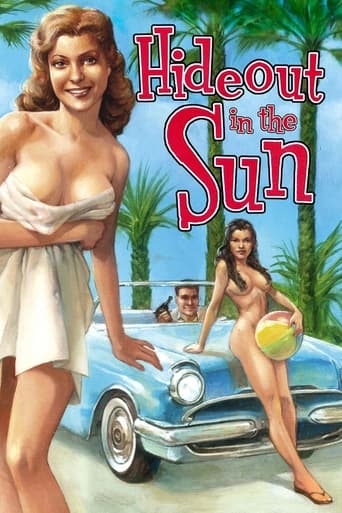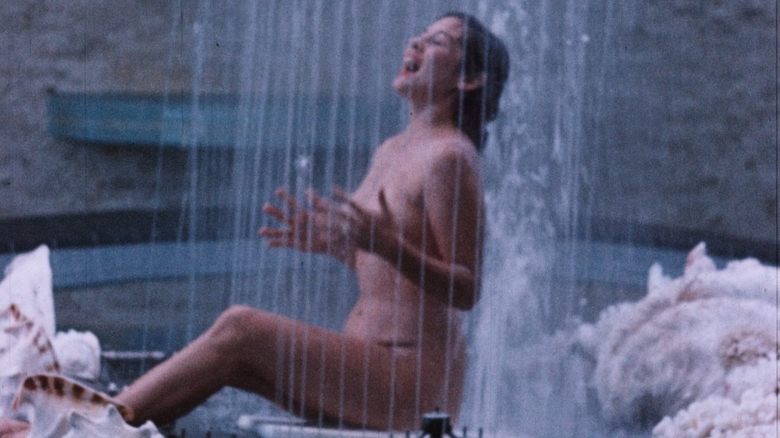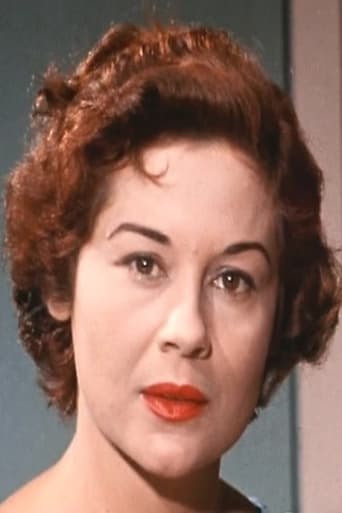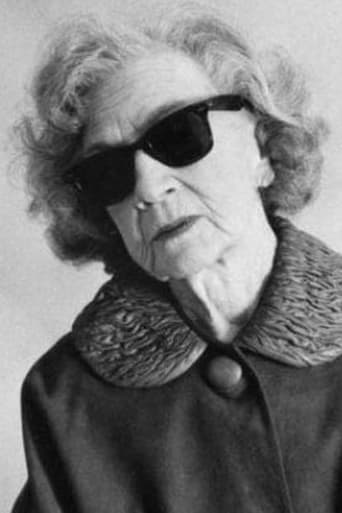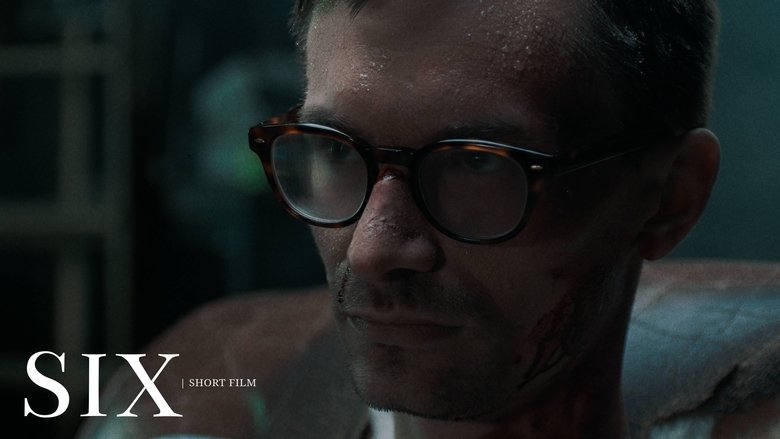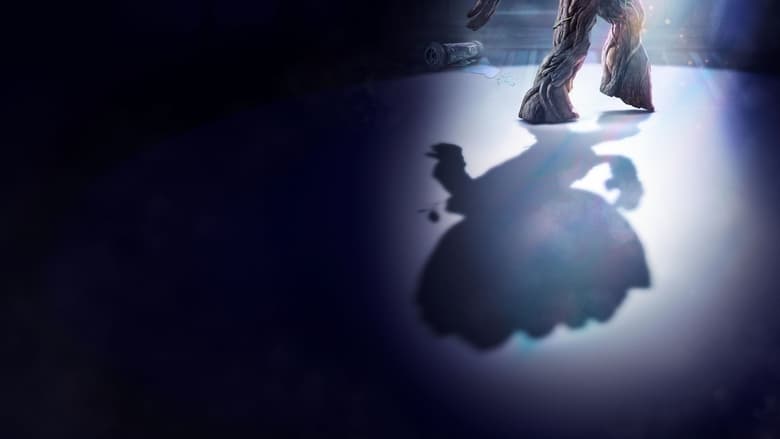Two brothers rob a bank and take a young girl hostage. They find out that the girl is a nudist, so they force her to take them to a nudist colony so they can hide out.


Similar titles

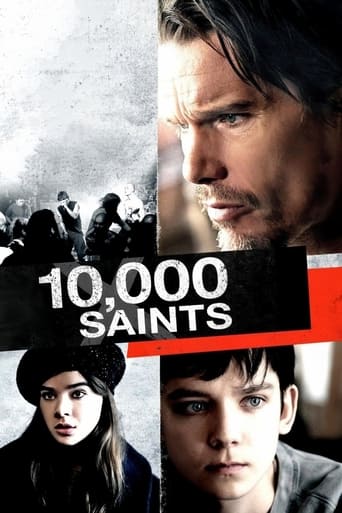
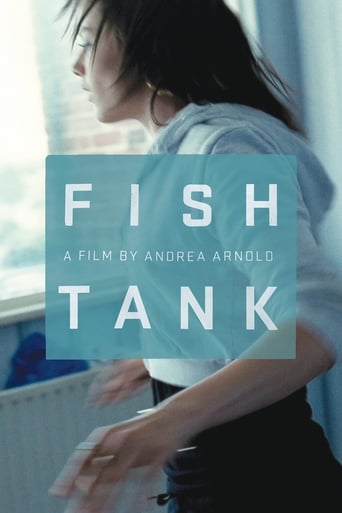
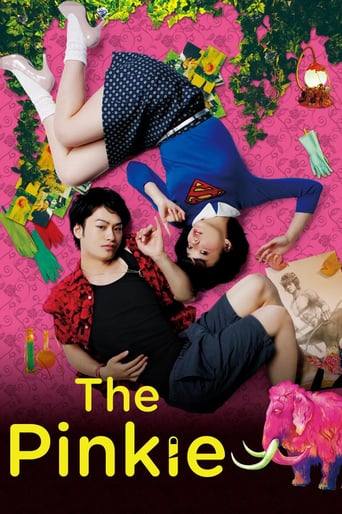
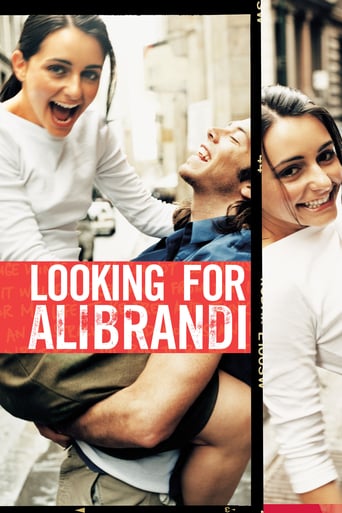
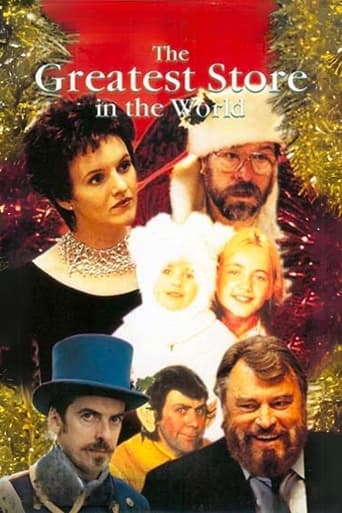
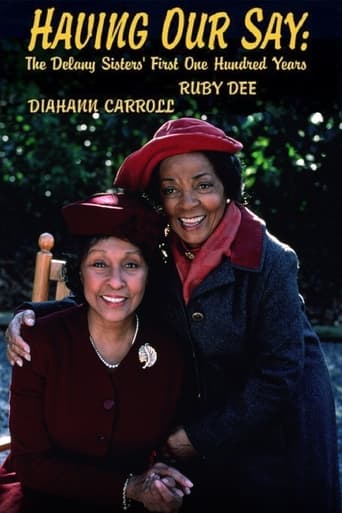
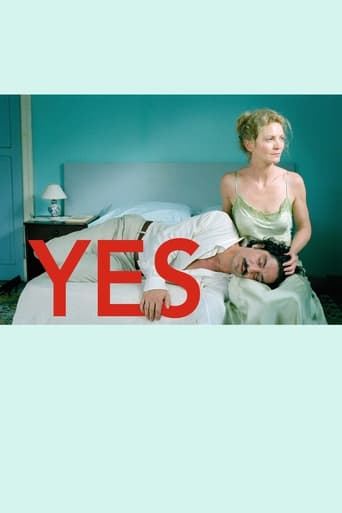
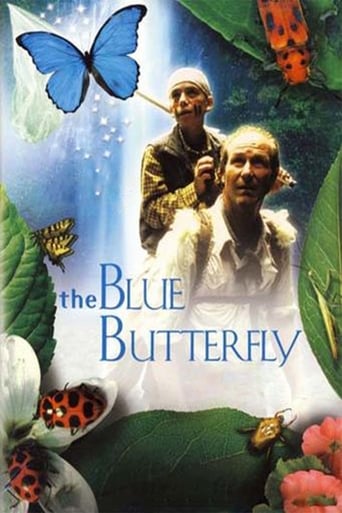
Reviews
Just watched a 45-minute version of this long-lost Doris Wishman "nudie-cutie" on the DailyMotion site. It concerns a couple of bank robbing-brothers holding a young woman hostage as she leads them to a hideout that turns out to be a nudist camp. One of those brothers is sweet to the hostage with her sweet to him in return. Okay, there's an interesting point-of-view shot from the getaway car of the roads of early '60s Miami that caught my attention but after that, it threatened to get really boring even during all those nude scenes where the full frontal parts are either covered or just not shown when the camera is above the waist as they all either dip in the pool or gather at the picnic table. And the dialogue and music will threaten to put you to sleep as well. Speaking of which, the dubbing was off-sync behind the pictures so that was another minus to me. And, like I said, it didn't show the whole thing so I don't know what happened when they tried to get away. Still, if you're curious about this sort of thing, Hideout in the Sun is worth a look. If I ever see the entire version, I may comment further. Until then...
I don't understand the voters who scored this movie a 1/10. What the heck were they expecting? This movie does exactly what it tries to do: lots and lots and lots and lots and lots of T&A with very attractive women, with a delightfully campy plot and performances.If you're the kind of viewer who would be interested in a film like this in the first place, there is no way you won't like it. The audio/video sync is poor at times (they somewhat get around this by not showing the faces of the characters who are speaking a lot of the time) and there are a few spots where part of the print is missing (never more than a fraction of a second), but these "flaws" only add to the charm. The video quality of the DVD is actually quite good. Video quality is often a problem with obscure films rescued from a half a century ago, but Something Weird got a good print of this one.It is the epitome of its genre. If you're interested enough in this kind of movie to be reading this review, you will love this movie. See it. You will not be sorry.
When her husband died, Wishman was already part of the film distribution industry but, as she explained years later: "I needed to do something that would be so different that it would keep me occupied every second. I didn't know what I was doing when I started production.." The title which kick-started her long career as a cult exploitation director in such uncertain fashion was Hideout in The Sun. The first of several nudist films made by the director until, along with most of the industry she abandoned the genre in the mid-60's, Hideout may not on the level of Nude on The Moon (1961) which was to follow, let alone the delirious excesses of some of her other films as Deadly Weapons (1974) it still retains enough charm, and is characteristic enough of Wishman's work, to be eminently watchable. Whether or not the film is worth such lavish treatment as it has now been accorded in the recently released deluxe 2 disc set will be down to fans and viewers to decide.Combining Dragnet melodramatics and naked frolics in one cheaply constructed package, Hideout is the tale of two brother heisters, Steve and Duke (Earl Bauer and Greg Conrad), on the run after a payroll robbery, forced to hole up in the Hibiscus Country Club which, oddly enough, turns out to be a nudist colony. Along the way they kidnap Dorothy (Delores Carlos), a member of the club, and during their brief stay with the naturists she and Steve find a mutual liking for each other. But even as the anxious and humane Steve finds a new happiness in arms of his winsome nude and her lifestyle "I feel healthy in body and mind for the first time in my life" he says - so equally does the permanently cross and resentful Duke, in hiding and so excluded from the naked goings on, want to leave he's in a hurry to get the ill-gotten gains off to safety. Finally (courtesy of the sparsely attended Miami Serpentarium) events come to a head in a show down with some snakes, a croc and a lone policeman.Hideout in the Sun is distinguished by a title song of the same name that appears, to good effect, thrice in the movie: a mellow ballad which fits in well with the laid back jazz permeating the rest of the soundtrack. The film was also shot on bright Eastman Colour stock which, although the print here (apparently salvaged from a sole remaining version which the director held on to) suffers a bit from the odd tramline and the distraction of missing frames, is still enough to give a vivid evocation both of Dorothy's familiarly innocent lifestyle, as well as being a product of an adult movie industry moment now long past. Much of the dialogue is looped or post-synched, thereby gaining a dreamlike, or distancing effect familiar to those who relish this sort of genre. It also allows Wishman to play on the disassociation between the cruel world outside the Hibiscus club and it's Eden-esquire interior; a timeless sunlit place where naked folks wander around amongst tame flamingos, swans and emus, splash contentedly (if coyly) in pools, play the jiggling handball variant that's was such a prerequisite of contemporary nudist cinema, shoot archery, or just stretch out in the sun with over emphatic casualness. At this stage in the cycle pubes were verboten; instead strategically placed towels and crooked legs cover the necessary areas in studied ways which quickly became a stereotype all of their own.If the Hibiscus Club is a sort of Eden, then it's apt that bad Duke is ultimately consigned to expulsion from the enclave, onto a fate amongst the serpents. But how you respond to Hideout overall depends on how you accept the budding director as the genre 'auteur' that some argue she became. If nothing else, although she was never a woman's libber, Wishman was a feminist role model, a survivor in an industry where men predominated. And if for some 'trash' remains trash, no matter how much fancy pleading is made, I'd argue there is a form of art here, even in her first film, and not just of the naughty postcard variety. (One can imagine how the some story would have been treated, full of sniggers and studio flatness, if it had been given the Carry On treatment, for instance.) It's art of a guileless type, but sneaked in under the cover of 'bad movies'; one of narrative non-sequiturs, where already there's the feeling that the director is going her own fledgling way disorganising narrative just as eventually, in both time and with greater respectability, Godard was to do in the art house much further down the cinematic road. As critic Andrea Juno put it in his piece on the director in the seminal book Incredibly Strange Films: 'behind her economically deprived visuals lies a wealth of imagination: wildly improbable plots, bizarre "method acting" and scripts yielding freely to fantasy '. Whilst the recently long-lost Hideout remains a minor work in Wishman's extensive oeuvre, still unsteady on its feet, it remains junk not to be just thrown away.
Pound for pound, Doris Wishman is the toughest filmmaker in the history o' the silver screen, and "Hideout" is the film that launched the most prolific career of any woman director *ever*. "Hideout" was missing for 40 years after it's original distributor died in jail and took the prints with him. This picture deserves wider exposure and its worth seeking out.
